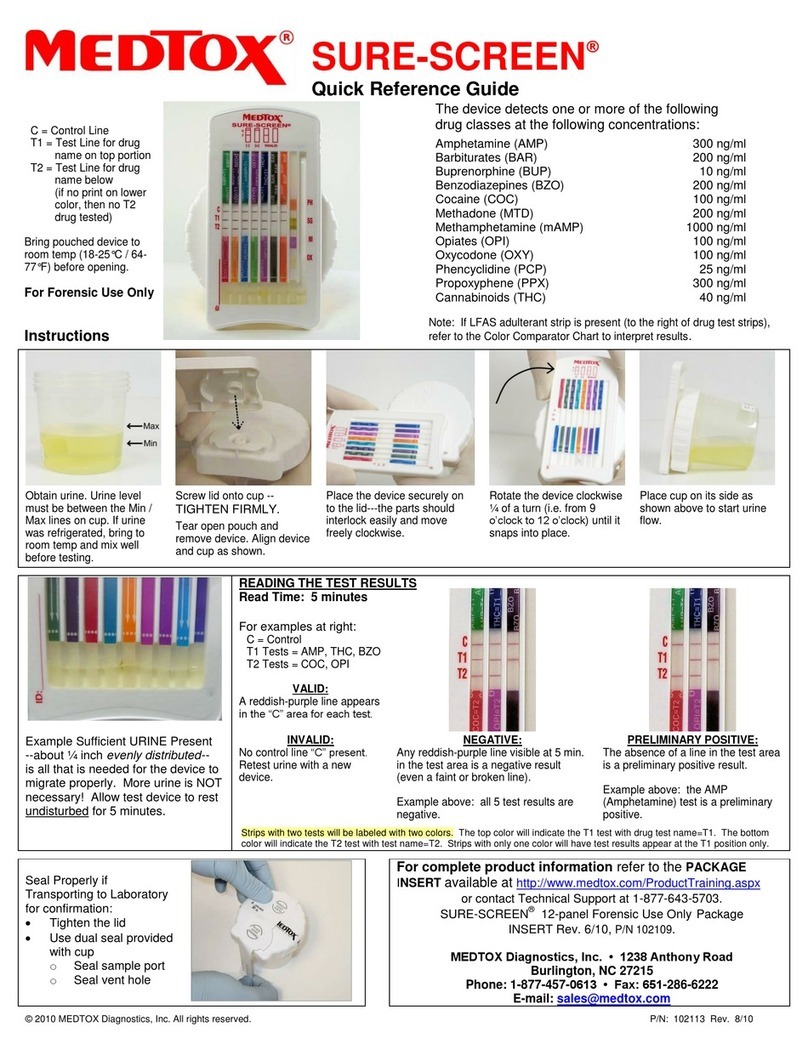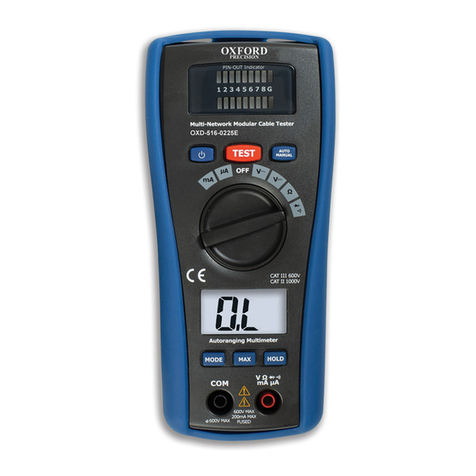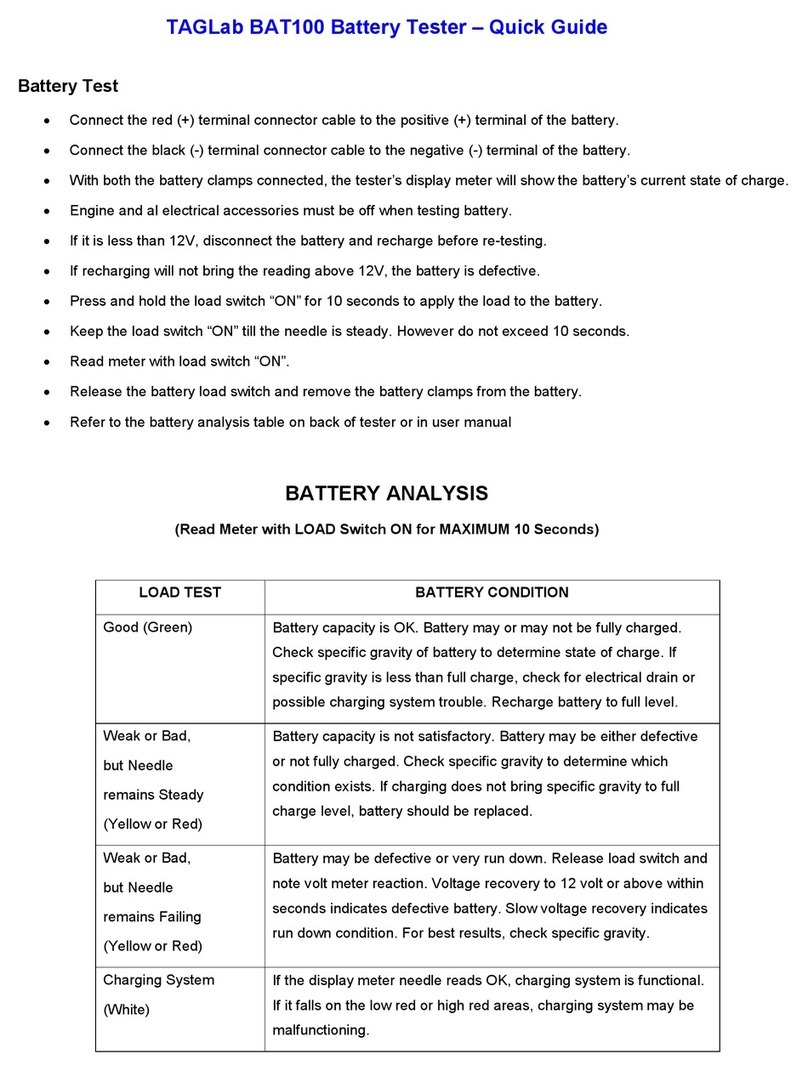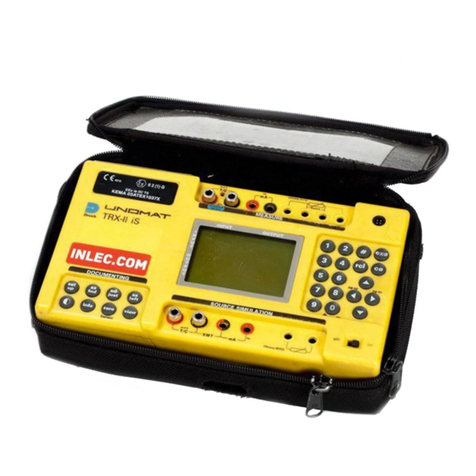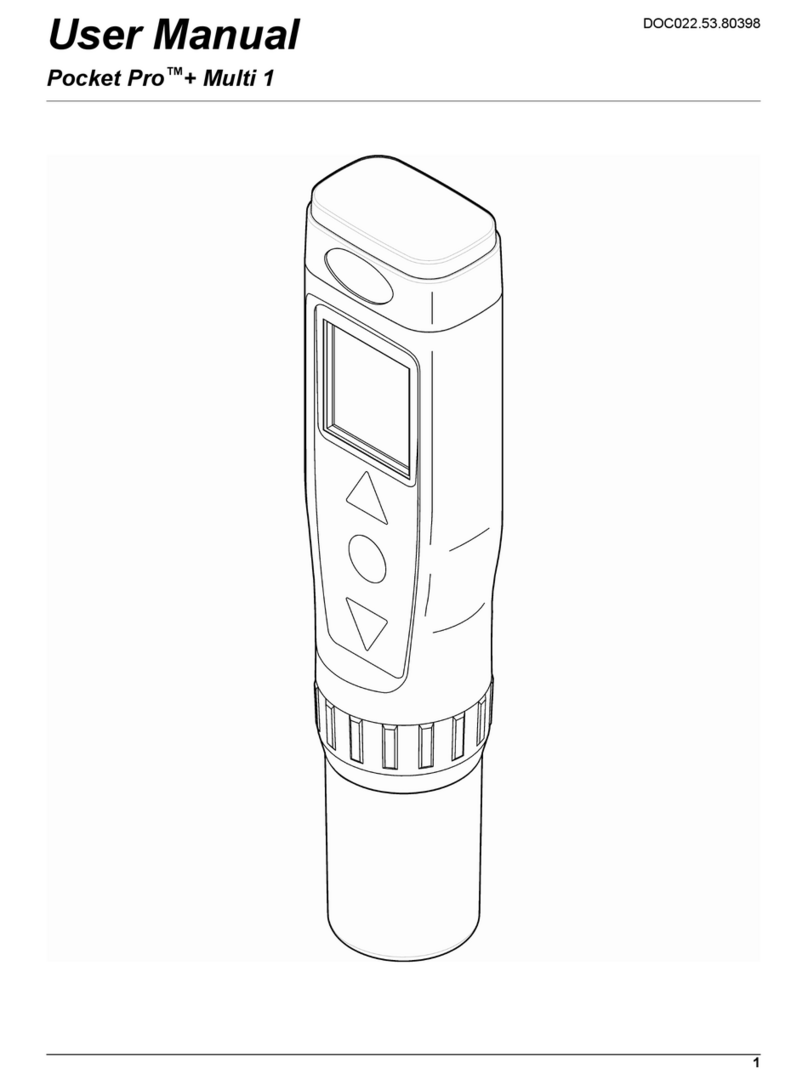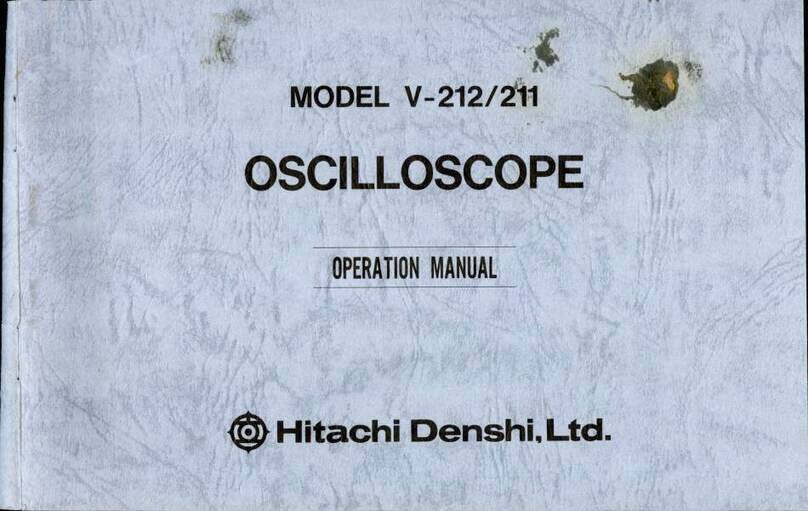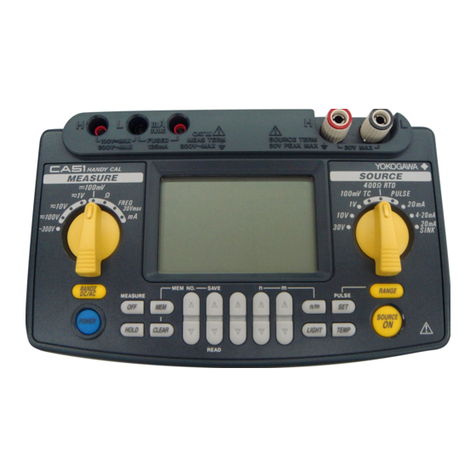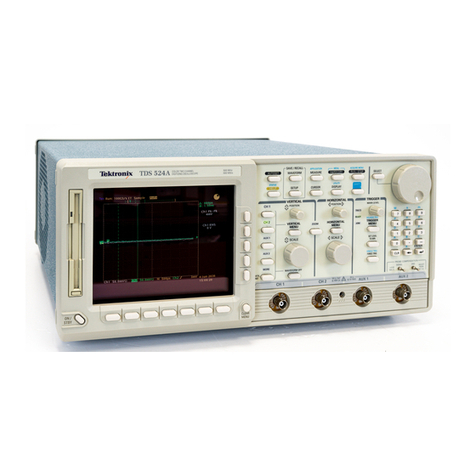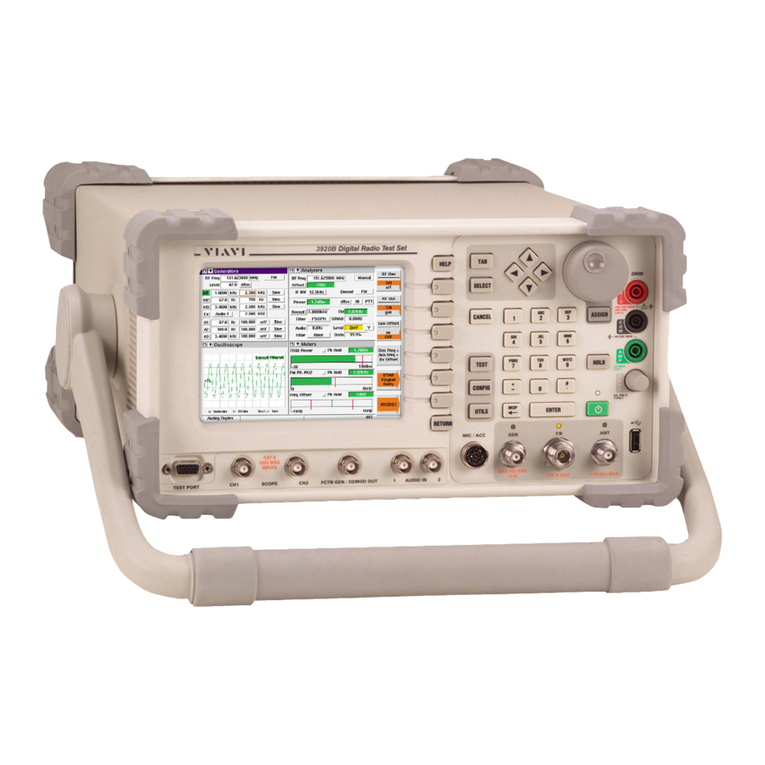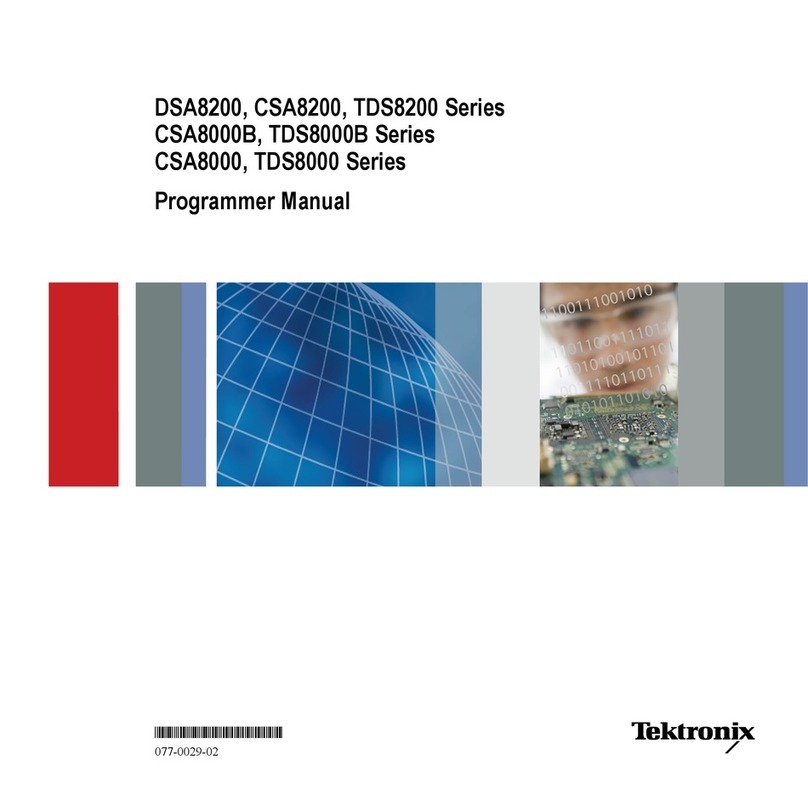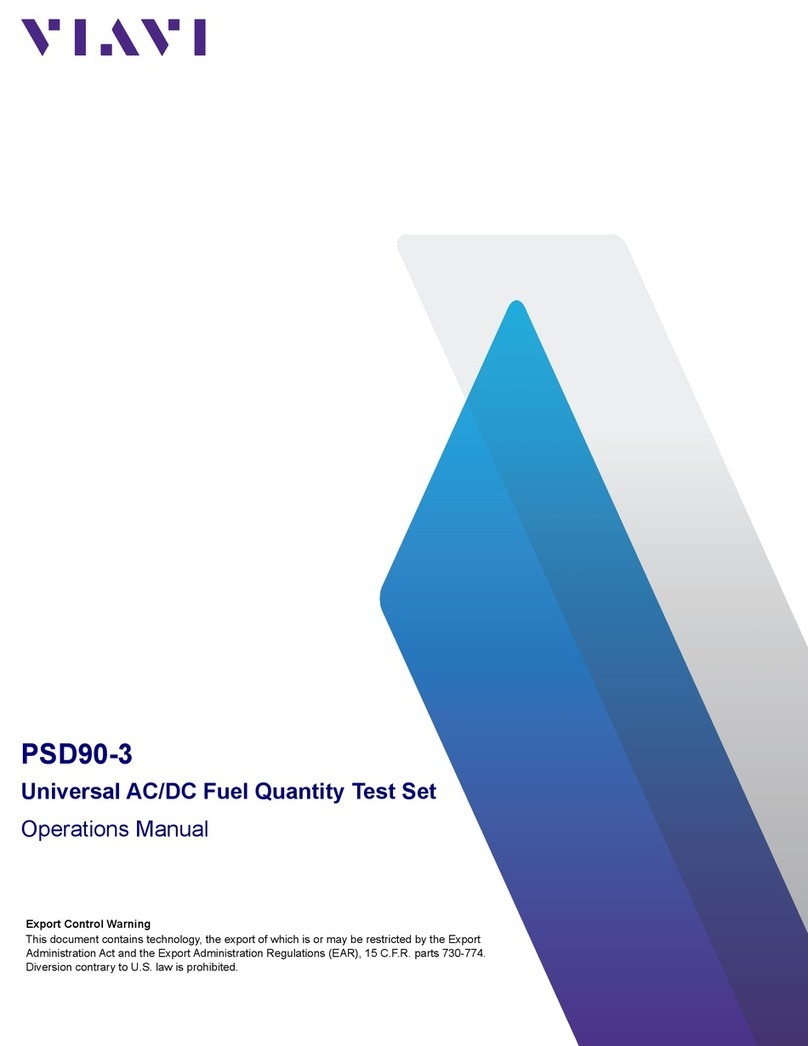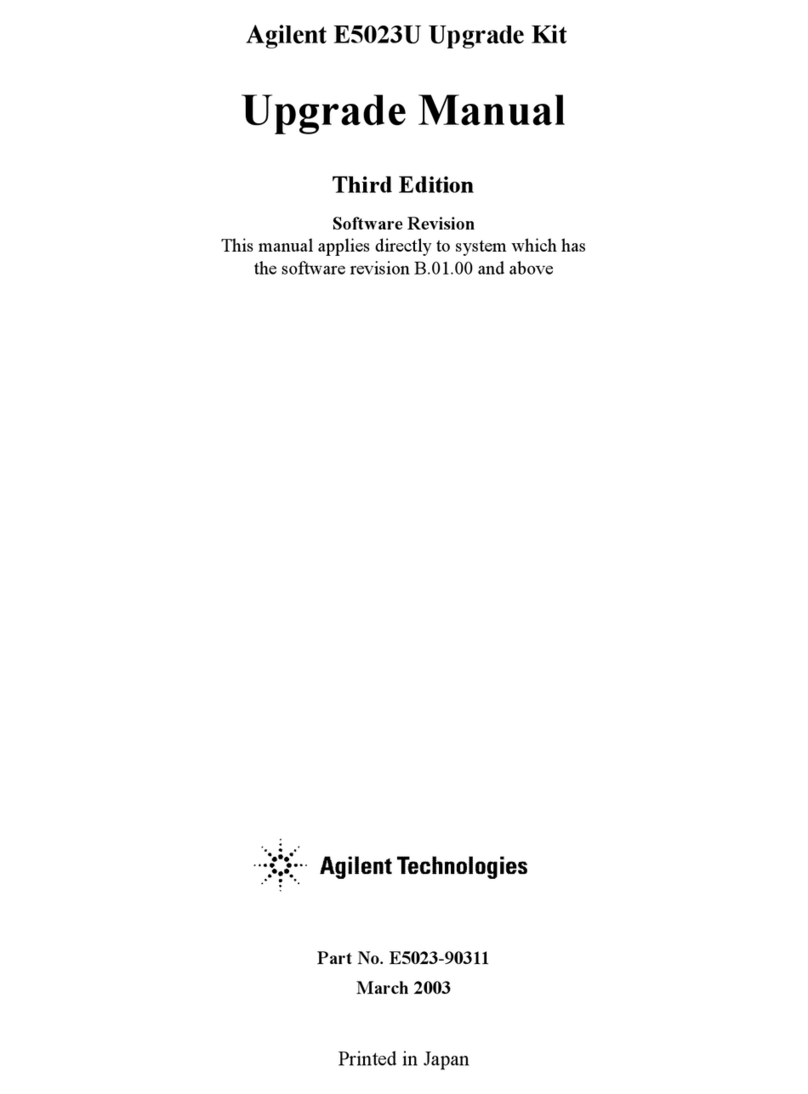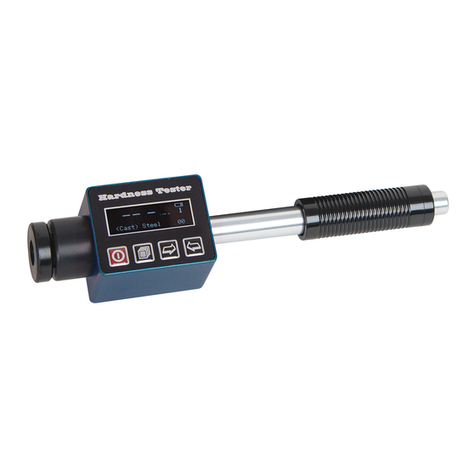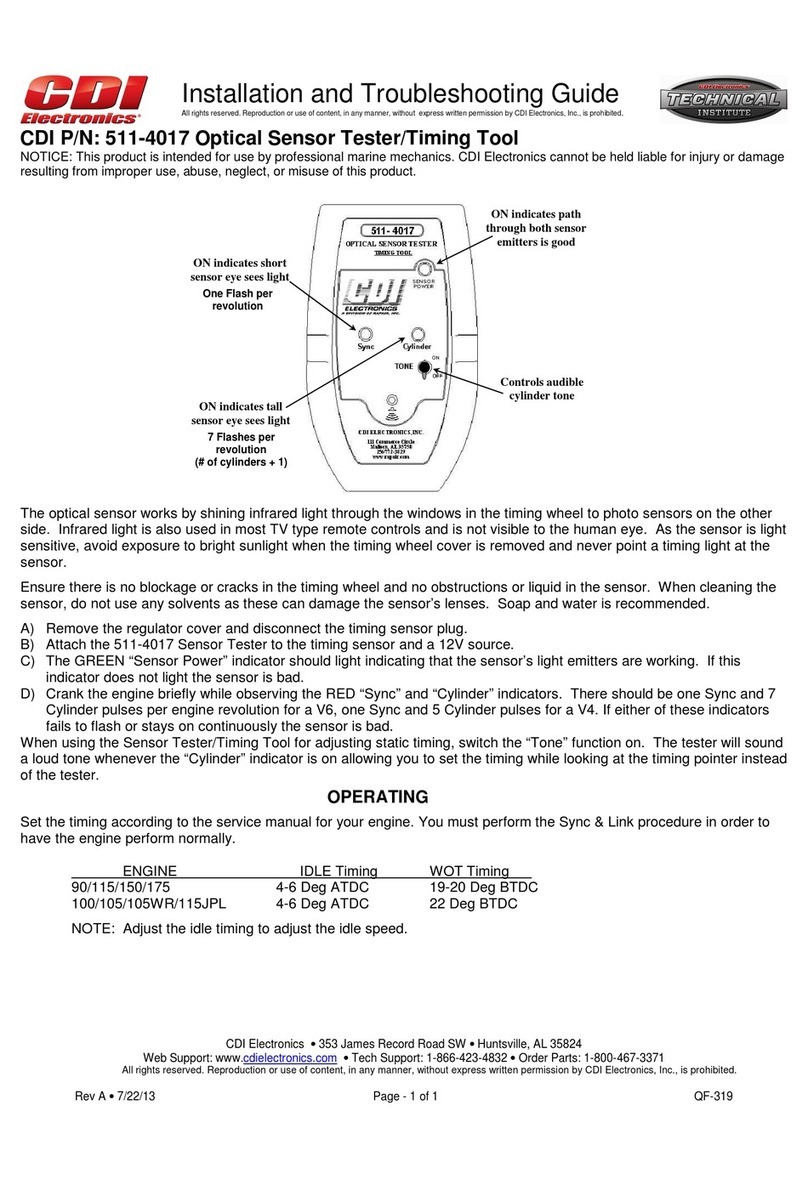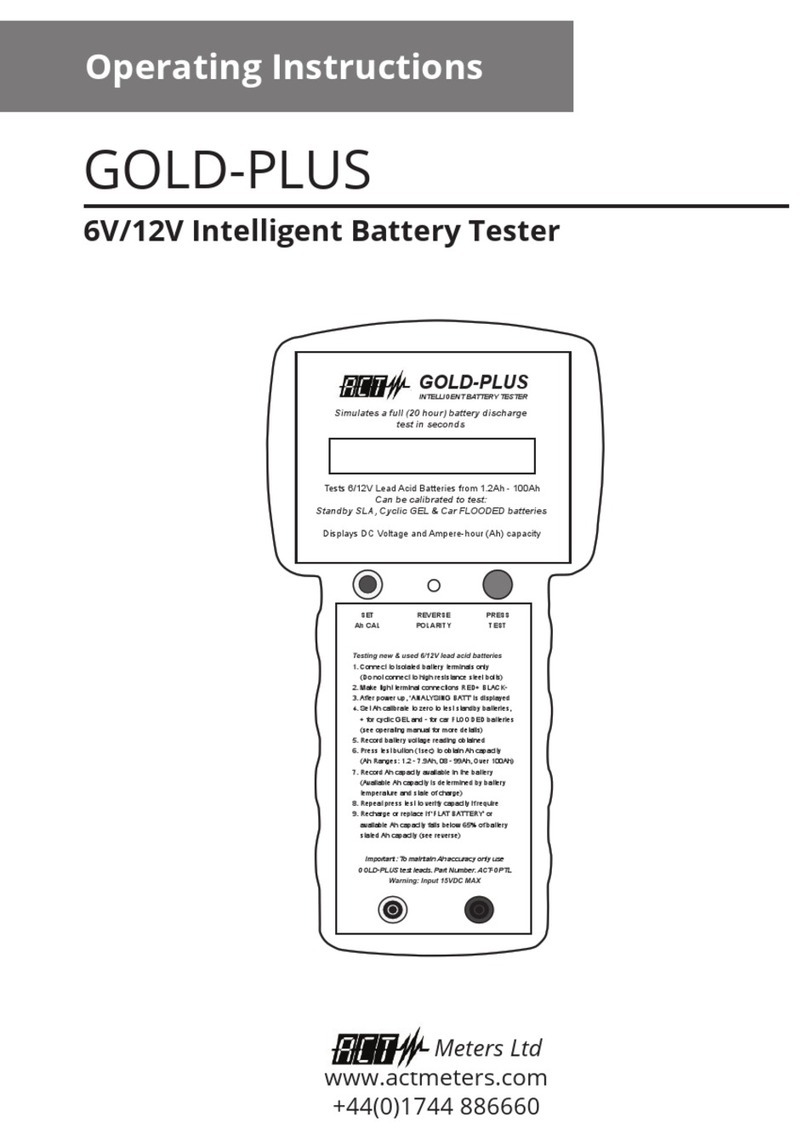MEDTOX BUPRENORPHINE User manual

1
MEDTOX® BUPRENORPHINE
MEDTOX®Buprenorphine is a rapid qualitative screening test for buprenorphine and its metabolites in human urine.
1. INTENDED USE
The MEDTOX Buprenorphine Test uses immunochromatographic test strips for the rapid, qualitative detection of buprenorphine and its metabolites in human urine. It is
intended for prescription use only. The MEDTOX Buprenorphine Test is not for over-the-counter sale. It is not intended for use in point-of-care settings.
MEDTOX Buprenorphine detects buprenorphine and its metabolites at the following cutoff concentrations:
BUP Buprenorphine (Buprenorphine) 10 ng/mL
The MEDTOX Buprenorphine Test provides only a preliminary analytical test result. A more specific alternate chemical method must be used in order to obtain a confirmed
analytical result. Liquid chromatography/tandem mass spectrometry (LC/MS/MS) is the preferred confirmatory method. Clinical consideration and professional judgment
should be applied to any test result.
2. SUMMARY AND EXPLANATION OF THE TEST
The qualitative MEDTOX Buprenorphine Test utilizes a solid phase immunoassay technology to provide a very rapid test requiring no instrumentation. This test may be used
to screen human urine samples for the following drug class prior to confirmatory testing:
Buprenorphine (BUP) is a potent analgesic often used in the treatment of opiate abusers.
Many factors influence the length of time required for drugs to be metabolized and excreted in the urine. A variety of factors influence the time period during which drugs are
detected; the rate of urine production, the volume of fluid consumption, the amount of drug taken, the urine pH, and the length of time over which drug was consumed.
Drinking large volumes of liquid or using diuretics to increase urine volume lowers the drug concentration and decreases the detection period. Although the detection period
for these drugs varies widely depending upon the compound taken, dose and route of administration and individual rates of metabolism, some general times have been
established and are listed below.1-3
Drug Detection Period
Detection Period
Buprenorphine
up to 3 days
3. PRINCIPLES OF THE PROCEDURE
The MEDTOX Buprenorphine Test contains a device with rapid, competitive, membrane-based immunochromatographic test strips. A single urine sample can be evaluated
for the presence of buprenorphine in a single device. Each test strip contains antibody colloidal gold, a drug conjugate and a control line.
ANTIBODY-COLLOIDAL GOLD -- Mouse monoclonal antibodies were developed specifically targeted to the drug buprenorphine. The antibody only binds buprenorphine
and its metabolites. Antibody-colloidal gold solutions were prepared by absorbing the monoclonal antibodies to colloidal gold. The colloidal gold solution was applied to the
sample well pads on the test strip.
DRUG-CONJUGATES –The drug buprenorphine is conjugated to protein and immobilized as a line on a membrane at the location labeled “T” on the device.
CONTROL LINE -- Each test strip has anti-mouse immunoglobulin antibodies immobilized as a line on the membrane at the location labeled “C” on the device. The anti-
mouse immunoglobulin antibodies bind the mouse antibodies coated on the colloidal gold.
Drug in the urine and the drug conjugated to the protein compete to bind to the antibody-colloidal gold. When the test system cup is tipped or the dip device is dipped, urine
flows into the sample pads of the device, the dried antibody-colloidal gold on the sample pad dissolves and the urine wicks up the white test strips carrying the red antibody-
colloidal gold with it.
Negative Samples
When no drug(s) is present in the urine sample, the red antibody-colloidal gold migrates up the test strip and binds to the drug conjugate immobilized on the membrane. The
binding of the antibody-colloidal gold to the drug conjugate generates an easily visible reddish-purple line at the “T” location on the device. Negative results can be reported
as soon as a test line and a control line are visible.
Non-Negative Samples
When a drug is present in the sample the antibody-colloidal gold binds the drug before it migrates up the test strip. However, when the antibody-colloidal gold binds the drug
in the urine, the antibody-colloidal gold cannot bind to the drug conjugate immobilized on the test strip. When the drug concentration is at or above the cutoff concentration,
the majority of the antibody colloidal gold is bound to the drug from the urine. Therefore, as drug bound antibody-colloidal gold migrates up the test strip, it is unable to bind to
the drug conjugate immobilized on the membrane. Therefore, no line is generated at the “T” location on the device for a non-negative sample. Read non-negative results at 5
minutes.
Control Line
Each test strip has an internal procedural control. A line must form at the control “C” location on the device to indicate that the reagents are migrating properly. If a control
line does not form, the test is considered invalid. A control line forms when the antibody-colloidal gold binds to the anti-mouse immunoglobulin antibody immobilized on the
membrane as a line at the “C” location on the device.
4. MATERIALS PROVIDED/STORAGE CONDITIONS
Each MEDTOX Buprenorphine Test contains all the reagents necessary to test one urine sample for buprenorphine. Test devices are available in Cup or Dip format as
described below.
Kit Contents –Cup Test format
The MEDTOX Buprenorphine Test kit contains twenty-five (25) test bags and one reference guide.
Each Cup Test system bag contains:
1. One (1) test device in a foil package.
The test strip contains a membrane coated with drug conjugate and a pad coated with antibody dye complexes in a protein matrix.
2. One (1) cup with temperature strip attached.
3. One (1) lid.

2
4. One (1) security seal.
Kit Contents –Dip Test format
The MEDTOX Buprenorphine Drugs of Abuse Dip Test Kit contains twenty-five (25) test devices in foil packages and one reference guide.
Each Dip Test device has test strips with drug specific reagents.
Materials Required but not provided
Timer
A urine collection container is not provided with the Dip device.
Specimen containers, disposable gloves and urine temperature strips are available from MEDTOX Diagnostics, Inc.
External Positive and Negative Controls.
Storage Conditions
The kit, in its original packaging, should be stored at 2-25°C (36-77°F) until the expiration date on the label.
5. PRECAUTIONS
1. Urine specimens and all materials coming in contact with them should be handled and disposed of as if infectious and capable of transmitting infection. Never pipette by
mouth and avoid contact with broken skin.
2. Avoid cross-contamination of urine samples by using a new urine specimen container for each urine sample.
3. The device should remain in its original sealed foil pouch until ready to use. If the pouch is damaged, do not use the test.
4. Do not store the test kit at temperatures above 25°C (77°F).
5. If devices have been stored refrigerated, bring to ambient temperature (18-25°C/ 64-77°F) prior to opening foil pouch.
6. Do not use tests after the expiration date printed on the package label.
7. The device is for in vitro diagnostic use only.
6. SAMPLE COLLECTION AND PREPARATION
For a Cup Test, collect the urine sample in the provided cup. The urine volume should be between the minimum and maximum volume lines.
For a Dip Test, collect the urine sample in a clean specimen container.
Collection of 45 mL of urine is more than sufficient for testing. No preservatives should be added. Urine may be tested immediately following collection. If it is necessary to
store the urine, store under refrigeration at 2 to 8°C (36 to 46°F) for no more than two days. Urine may be frozen at -20°C (-4°F) or colder for storage. Stored urine must be
brought to ambient temperature (18 to 25°C/64 to 77°F) and mixed well to assure a homogeneous sample prior to testing.
7. TEST PROCEDURE
Cup Test
NOTE: Read results at 5 minutes or within 15 minutes of the sample application.
1. Bring pouched device to
room temperature before
opening it. Fill urine
sample cup between the
minimum and maximum
volume lines.
2. Screw lid clockwise onto
the cup until very tight.
3. Open pouch and label the
device with the patient or
sample identification.
4. Hold cup with raised
sample port toward you.
Hold device cassette with
MEDTOX labeled end to
your left. Place device
cassette on top of cup lid
with holes aligned.
5. Place the device
securely on to the lid---
the parts should interlock
easily and move freely
clockwise.
6. Rotate the device
clockwise ¼ turn until it
snaps in place.
7. Tip the cup on its side to
start flow (if less than 45
ml of urine, tilt the cup
forward to begin flow).
8. Allow the test to sit for 5
minutes.
9. Turn the cup upright and
read the results. Control
line must be present to
read results. Negative
results can be read as
soon as a line is visible.
Read non-negatives at 5
minutes.
Dip Test
1. Bring pouched device to room temperature before opening it.
2. Open one pouch for each sample to be tested. Write patient or sample identification information on the device.
3. Pull off the clear cover to expose the fiber pads at ends of test strips.
4. Dip the small end of the cassette into the sample so that only the white ends of the test strips are submerged.
5. Hold the ends of the test strips in the sample until the reddish-purple solution begins to run up all of the strips.
6. Remove the device from sample and replace the cover to protect the wet ends of the test strips.
7. Lay cassette flat, face up for 5 minutes.
8. Read the results. Control line must be present to read results. Negative results can be read as soon as a test line is visible, non-negative at 5 minutes.
NOTE: See Quick Reference Guide for illustrated instructions.

3
8. READING THE TEST RESULTS
Negative: The appearance of a reddish purple line at both the control area (C) and appropriate test area (T) indicates a negative test result. The color intensities
of the control lines (C) and test lines (T) may not be equal and may vary from test to test. The test line and control line positions may vary slightly from
test strip to test strip. Any line of reddish-purple color, even of faint intensity, indicates a negative test result.
Non-Negative: The appearance of a control line and the absence of a test line indicate a preliminary positive test result for that drug.
Invalid: The control line must be present for the test to be valid. The absence of a control line indicates the test is invalid. The urine sample should be retested
on a new device.
Examples of Negative, Non-Negative and Invalid results:
9. INTERPRETATION OF TEST RESULTS
A NEGATIVE test result for a specific drug indicates that the sample does not contain the drug/drug metabolite above the cutoff level.
A NON-NEGATIVE test result for a specific drug indicates that the sample may contain drug/drug metabolite near or above the cutoff level. It does not indicate the level of
intoxication or the specific concentration of drug in the urine sample. Non-negative samples should be sent to a reference laboratory for more definitive testing.
10. QUALITY CONTROL
An internal procedural control is included on each test strip. A line must form at the control (C) position on the test strip to indicate that adequate sample volume has been
added, the reagents migrated properly, and the test strip is intact. If a control line does not form, the test is considered invalid. The control line consists of immobilized anti-
mouse antibody that reacts with the antibody-colloidal gold as it passes this region of the membrane. Formation of a visible line verifies the control line antibody antigen
reaction occurred. A visible control line should always be present regardless of whether drug is absent or present in the sample. Minimally, a QC program includes external
negative and positive control material used to monitor the performance of each new lot of product, each new shipment of product and may be used to assess the competency
of new operators.
For additional information concerning QC testing requirements, contact the appropriate regulatory authority. Users should follow federal, state, and local QC requirements.
11. LIMITATIONS OF THE PROCEDURE
1. The MEDTOX Buprenorphine Test is only for use with unadulterated human urine samples.
2. There is a possibility that other substances and/or factors, e.g. technical or procedural errors, may interfere with the test and cause false results.
3. A preliminary positive test result may only indicate presence of drug or metabolite. The cutoff concentration is not designed to distinguish between presence of the drug
(at prescribed concentrations) and drug abuse or overdose.
4. There is a possibility that metabolites of other opiate drugs, or certain foods may interfere with this type of test.
12. EXPECTED VALUES
The MEDTOX Buprenorphine Test qualitatively detects buprenorphine and/or its metabolites in human urine at or above the specified cutoff levels. Buprenorphine is a legal
drug and may appear in the urine for legitimate reasons. Confirmatory test results should be reviewed by a Medical Review Officer for interpretation.
13. PERFORMANCE CHARACTERISTICS
13A. Sensitivity, Accuracy, and Precision
Accuracy
The accuracy was evaluated by assaying a panel of blind coded clinical urine samples containing varying concentrations of buprenorphine and/or norbuprenorphine and
comparing to LC/MS/MS results. The samples were obtained from MEDTOX Laboratories. Samples were screened with the CEDIA immunoassay system. Ten percent of
samples with negative results by both the commercial immunoassay system and MEDTOX Buprenorphine were confirmed by LC/MS/MS. Samples with positive results by
either the commercial immunoassay system or MEDTOX Buprenorphine were confirmed by LC/MS/MS. The five minute results are shown in the following tables, but identical
results were obtained at fifteen minutes. The testing was performed by MEDTOX personnel.
ACCURACY COMPARED TO LC/MS/MS
5 Minute
Test Result
Negative by immunoassay; if
positive, no drug was
detected above the limit of
detection of the confirmatory
method
Concentration
range between
-50% of the cutoff
and the cutoff
Concentration range
between the cutoff and
50% above the cutoff
Concentration range of
greater than 50%
above the cutoff
BUP Level
5 –10 ng/mL
11 –15 ng/mL
15 –50042 ng/mL
Positive
0
3
8
72
Negative
70
4
0
0
Buprenorphine and norbuprenorphine were added together to determine the total buprenorphine concentration reported in
the table.
Overall agreement 98.1% (154/157). The three discrepant results had concentrations of total buprenorphine of 5, 7, and
9 ng/mL.
Non-Negative
Negative
INVALID
C
T
C
T
C
T

4
Sensitivity/Precision
Performance around the cutoff for MEDTOX Buprenorphine was evaluated by testing standard drug solutions diluted in drug-free urine in triplicate on 5 different intervals by 3
in-house operators. Drug-free urine was also tested on each interval. The results were interpreted at five minutes.
Buprenorphine (Buprenorphine) Cutoff = 10 ng/mL
Conc. (ng/mL)
Number Tested
Positive
Negative
0
45
0
45
2.5
45
0
45
5
45
0
45
7.5
45
17
28
12.5
45
41
4
15
45
45
0
13B. Non-Crossreactive Endogenous Compounds
The endogenous compounds were tested following the study of M.L. Smith, et. al.4Drug free urine samples were spiked with buprenorphine to the targeted concentrations of
5 ng/mL (50% of the cutoff) and 15 ng/mL (150% of the cutoff). Most of the compounds were evaluated for interference of the MEDTOX Buprenorphine Test at 100 µg/mL
(albumin was evaluated at 20 mg/mL and bilirubin was evaluated at 200 μg/mL). Samples were evaluated in triplicate by in-house operators. None of the endogenous
compounds listed below affected the expected results.
Acetaldehyde
Creatinine
Sodium Chloride
Acetone
Epinephrine
Tetrahydrocortisone
Albumin, Human
β-Estradiol
d,1-Thyroxine
Ascorbic acid
Estriol
Uric Acid
Bilirubin
Glucose Std. Solution
Cholesterol
Hemoglobin, Human
13C. Related and Reactive Compounds
The following metabolites and reacting compounds were evaluated in the MEDTOX Buprenorphine Test. Reference standards for the various metabolites and compounds
were prepared in negative urine samples. Results are expressed as the minimum concentration expected to produce a positive result in the indicated assay. Compounds that
reacted with the test are listed first, and related compounds that did not react with the highest concentration tested are listed second as Negative at 100,000 ng/mL (or highest
level tested). The non-reacting opiate compounds were also tested following the study of M.L. Smith, et. al.4Drug free urine samples were spiked with buprenorphine to the
targeted concentrations of 5 ng/mL (50% of the cutoff) and 15 ng/mL (150% of the cutoff). 100 µg/mL of the non-reactive opiate compounds were then added to the
preparation and assayed by MEDTOX Buprenorphine Test. Samples were evaluated in triplicate by in-house operators. None of the non-reactive opiate listed in the following
table affected the expected results.
Buprenorphine-(BUP)
(Buprenorphine) 10ng/mL
Result
Positive at 10 ng/mL
% Cross-Reactive
100%
Buprenorphine-glucuronide
Positive at 7.5 ng/mL
133%
Norbuprenorphine
Positive at 50 ng/mL
20%
Norbuprenorphine-glucuronide
Positive at 75 ng/mL
13%
Codeine
Negative at 100,000 ng/mL
None Detected
Diacetylmorphine
Negative at 100,000 ng/mL
None Detected
Hydrocodone
Negative at 100,000 ng/mL
None Detected
Hydromorphone
Negative at 100,000 ng/mL
None Detected
Levorphanol
Negative at 50,000 ng/mL
None Detected
6-Monoacetylmorphine
Negative at 100,000 ng/mL
None Detected
Morphine
Nalbuphine
Negative at 100,000 ng/mL
Negative at 100,000 ng/mL
None Detected
None Detected
Naloxone
Negative at 100,000 ng/mL
None Detected
Naltrexone
Norcodeine
Noroxycodone
Noroxymorphone
Negative at 100,000 ng/mL
Negative at 100,000 ng/mL
Negative at 100,000 ng/mL
Negative at 100,000 ng/mL
None Detected
None Detected
None Detected
None Detected
Oxycodone
Negative at 100,000 ng/mL
None Detected
Oxymorphone
Negative at 100,000 ng/mL
None Detected
Thebaine
Negative at 100,000 ng/mL
None Detected
13D. Interference
pH and Specific Gravity:
The MEDTOX Buprenorphine Test was assayed with four negative clinical samples with pH values of 5.0, 6.0, 7.0, and 8.0 ± 0.1. Each sample was assayed in triplicate. The
pH samples were fortified with buprenorphine to the concentrations of 5 ng/mL and 15 ng/mL. All the pH levels gave negative results when fortified to 5 ng/mL,
and all pH levels gave positive results when fortified to 15 ng/mL.
The MEDTOX Buprenorphine Test was assayed with three samples with specific gravity values of 1.003, 1.015, and 1.030 ± 0.001. Each sample was assayed in triplicate.
The specific gravity samples were fortified with buprenorphine to the concentrations of 5 ng/mL and 15 ng/mL. All the specific gravity levels gave negative results when
fortified to 5 ng/mL, and all specific gravity levels gave positive results when fortified to 15 ng/mL.
Common Drugs:
The common drugs were tested following the study of M.L. Smith, et. al.4Drug free urine samples were spiked with buprenorphine to the targeted concentrations of 5 ng/mL
(50% of the cutoff) and 15 ng/mL (150% of the cutoff). 100 µg/mL of the common drugs were then added to the preparation and assayed by the MEDTOX Buprenorphine
Test. Samples were evaluated in triplicate by in-house operators. None of the common drugs listed in the following table affected the expected results.
COMMON DRUGS EVALUATED WITH MEDTOX BUPRENORPHINE TEST
Acetylsalicylic Acid
Cocaine
Phenobarbital
Acetaminophen
Dextromethorphan
d-Pseudoephedrine
Amitriptyline
Diphenylhydantoin
Rifampin
Brompheniramine maleate
Doxylamine
Salicylic Acid
Caffeine
Fluoxetine
Vancomycin
Carbamazepine
Ibuprofen
Chlorpheniramine
Morphine

5
14. BIBLIOGRAPHY
1. Blum, K. Handbook of Abusable Drugs. Gardener Press, Inc. New York, New York, 1984. pp. 305-349.
2. Baselt, R.C. Disposition of Toxic Drugs and Chemicals in Man. Eighth Edition. Biomedical Publications. Foster City, California, 2008.
3. White, R.M. and Black, M.L. Pain Management Testing Reference. AACC Press. Washington, DC. 2007.
4. Smith, M.L., Shimomura, E.T., Summers, J., Paul, B.D., Nichols, D., Shippee, R., Jenkins, A.J., Darwin, W.D., and Cone, E.J. Detection Times and Analytical
Performance of Commercial Urine Opiate Immunoassays Following Heroin Administration, Journal of Analytical Toxicology. Volume 24:7. October 2000, pages 522-529.
15. LIMITED EXPRESS WARRANTIES
The manufacturer makes no express warranty other than the diagnostic test kit will measure certain drugs and/or drug metabolites when used in accordance with the
manufacturer’s printed instructions. The use of the kit for any other purpose is outside the intended use of this product. The manufacturer gives no express warranty as to
what the legal or clinical significance of the level of drug/drug metabolites detected by the MEDTOX test. The manufacturer disclaims any and all implied warranties of
merchantability, fitness for use or implied utility for any other purposes. Any and all damages for failure of the kit to perform to its instructions are limited to the replacement
value of the kit.
Covered by one or more patents.
U.S. Patent Nos. 6,566,051, 6,376,251, 6,653,139, 7,458,942
Patents pending.
P/N 102232
Rev. 11/10
Printed in USA
MEDTOX Diagnostics Inc.
1238 Anthony Road
Burlington, NC 27215
This product does not contain controlled substances.
This product does not contain hazardous or toxic chemicals as defined by the OSHA Hazard Communication Rule [29 CFR 1910.1200(g)]
To place an order or for technical services call 1-800-832-3244.
© 2010 MEDTOX Diagnostics, Inc. All rights reserved.
Table of contents
Other MEDTOX Test Equipment manuals
